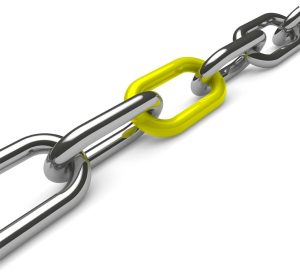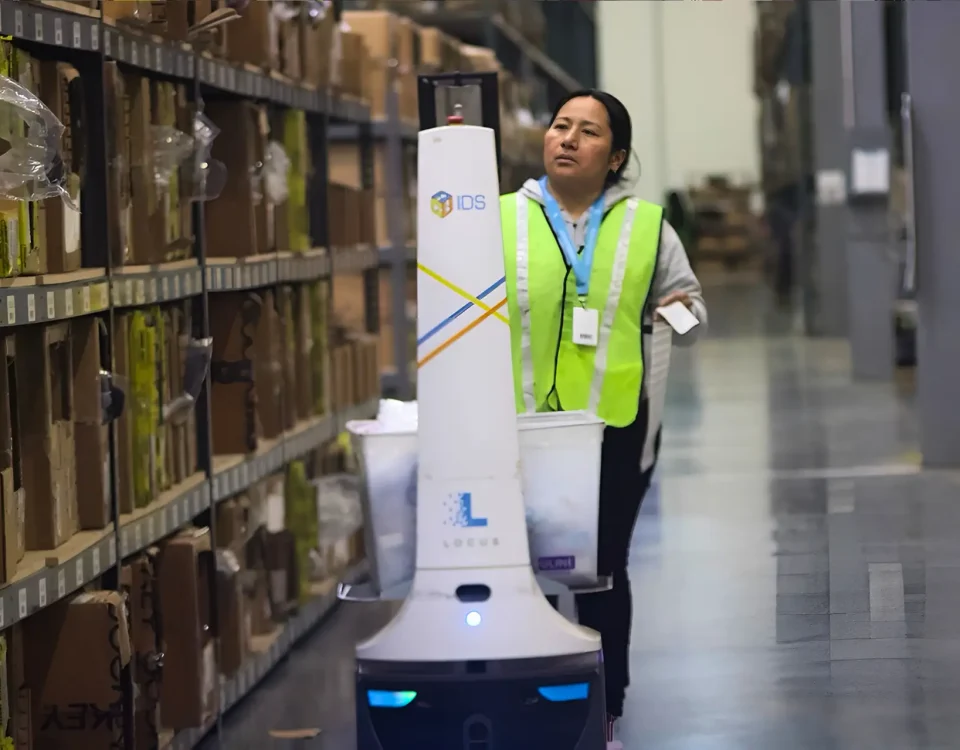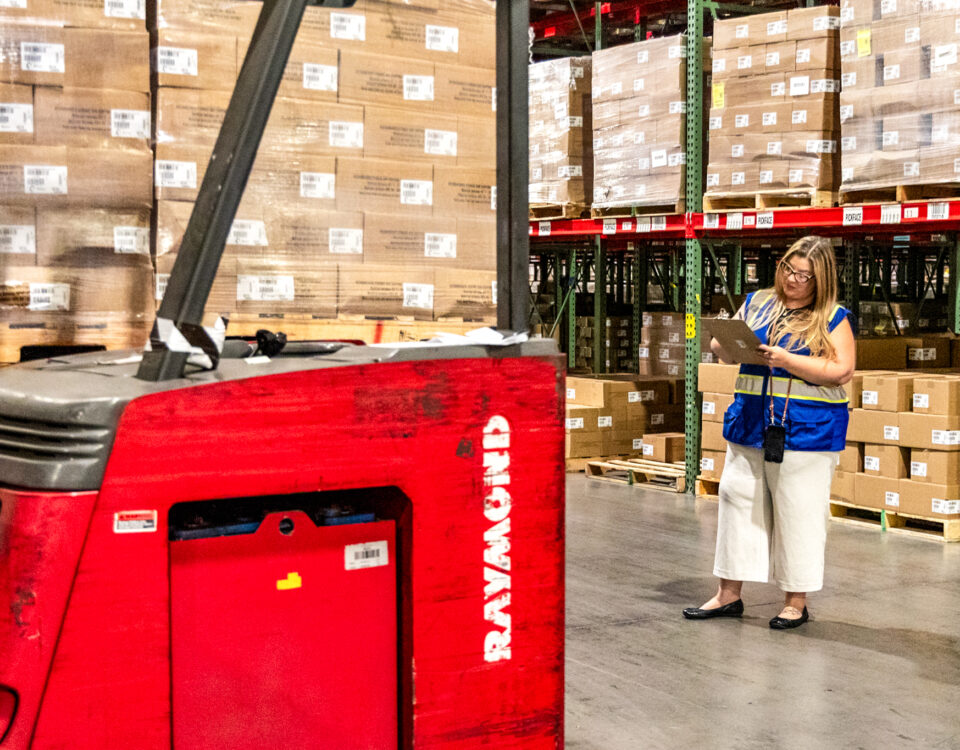Having some sort of strategy in your supply chain is the key to success. You must be able to execute and measure that strategy and have the willingness to take the data and use the analysis to push toward your goals. Many companies are wasting too much time trying to figure out how to consolidate orders with their Transportation Management System (TMS). Freight costs and increasing demands from retailers continue to place pressure on consumer goods manufactures to consolidate orders and fully maximize sales and truck load levels.

The Challenge of Supply Chain Strategy
A lot of supply chain management strategy occurs like the following: The consumer goods representative manages consolidated orders using spreadsheets, emails and traditional TMS order consolidation capabilities. The typical process can generally go as follows:
- Order management receives a multitude of orders from a retailer covering every range of categories
- After the order has been received, the customer service team waits for additional orders based on retailer directed policy that will consolidate multiple order into a single shipment
- The retailer may also provide purchase order group numbers to ensure that the orders sent are consolidated together to make up a delivery
- They may provide a specific time that orders must be delivered
- Retailers may provide a time frame of 4-5 days that the order must be received
This can be a tedious process that consumes a lot of your time. The customer service representative may receive emails from their internal buyer specifying orders that have been added to consolidate into one delivery.
Employ the Supply Chain Strategy to Save Costs and Increase Sales
Customer service processes and supply chain strategy in the market we have today should be as automated as possible to ensure that customer service levels are being met and are responding to the very fast-paced demands of replenishment. TMS solutions have been good at matching less-than-truckload (LTL) shipments for multi-stop deliveries or to the same delivery point. But, the best-in-class order consolidation requires detail about the characteristics of the SKU, the quantity, and location so customer service reps spend more time building the shipment. The ideal time to solve this is at the time orders are received in your Enterprise Resource Planning (ERP) management system. When implementing the method, the advanced order building capability IDs the freight savings for consolidation at the point of order entry rather than using spreadsheets to group orders together and execute capabilities downstream where it becomes too late to make a decision. Many companies are using optimization in the supply chain strategy to ID the optimal orders that provide the best utilization of the shipment. The automatic consolidations can auto backfill if the truck is not full. The outcome of this is automatic generation of the orders into one or more shipments respecting the retailer’s purchase order rules. Timing is essential, therefore the optimization process has to occur within seconds to determine optimal combinations of sales orders into a shipment.
What Value is to be gained?
There are many large and beneficial benefits. By using optimization to perform order sizing at the time the order is received, the manufacturer can ID freight utilization savings by optimally combining orders which are being delivered to the same location. Fulfillment experts using this optimization approach have generated savings from 5-15%. By streamlining the order consolidation process, time is reduced drastically to manually match orders using known information. It allows customer service to spend more time actually servicing the customer helping them to manage inventory issues rather than spending time trying to fix line items on orders in an effort to move, mix and match them within the time constraints laid out by the retailer. Newer optimization technology is available to jump on this opportunity. This is usually embedded with an ERP system. A couple examples where consumer goods companies have innovated optimization include:
- Interplant replenishments to enable full truckload shipments
- Promotion orders to prioritize and combine with turn orders to ensure promotional demand is met on time, with full truckloads
- Vendor Managed Inventory (VMI) replenishments for both cube and weight opportunities
Retailers have been expected to continue to push fulfillment companies in terms of service level expectations, supply chain strategy, and demand responsiveness. Consider implementing more automation and optimization into your strategy to ensure the increase of savings and increase in sales.











